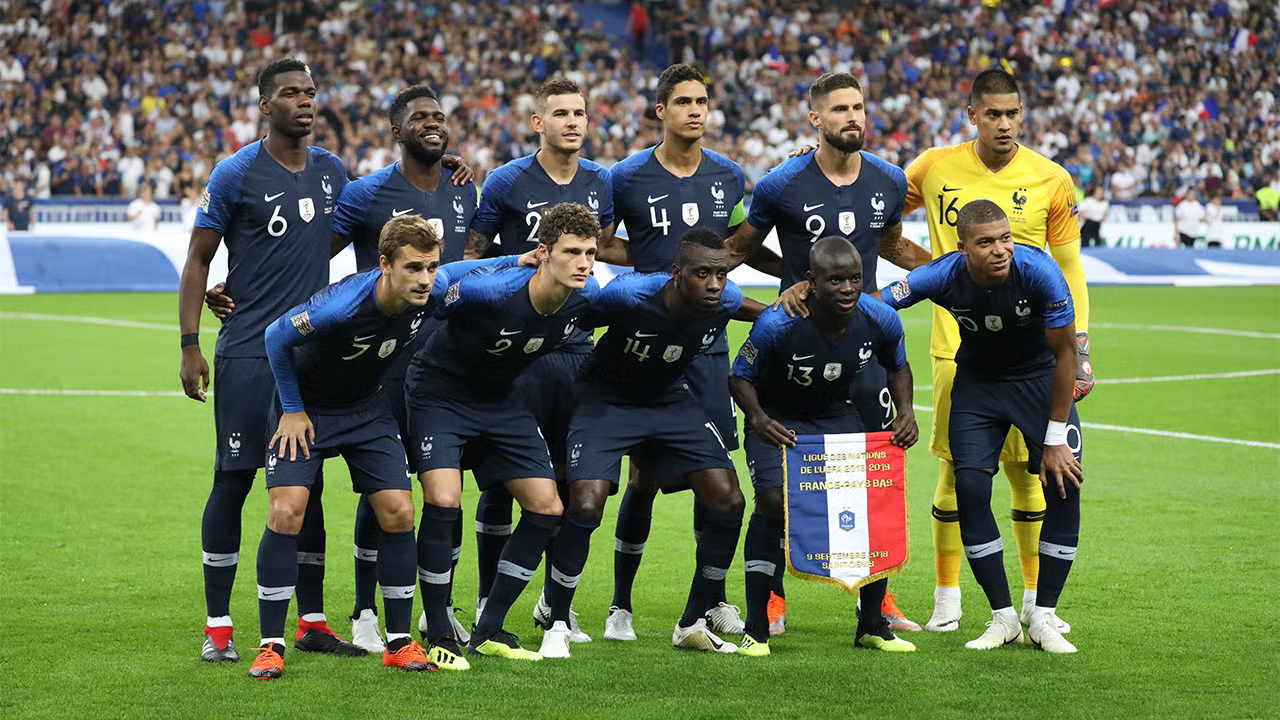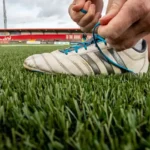France soccer academies have transformed the country’s footballing future. From Kylian Mbappé to Antoine Griezmann, the backbone of France’s World Cup-winning squad was shaped by academies designed to spot, train, and polish raw talent. The success wasn’t random—it was planned. Years of development, structure, and innovation led to a national football model that creates complete players. This article takes you through how France’s academy system turned dreams into trophies.
The Turning Point After 1994
Failure as a Catalyst
Missing the 1994 World Cup was a national embarrassment. It led to an overhaul of youth football across the country. Leaders knew things had to change—and fast.
Creation of INF Clairefontaine
The flagship academy was born. Clairefontaine became the symbol of elite youth development. Players like Henry, Anelka, and Mbappé all passed through its famous halls.
A Nationwide Structure
More Than One Academy
France didn’t just build Clairefontaine. Each region has its own Pôle Espoirs academy. These serve as feeders for bigger clubs and national programs.
Connected to Grassroots
Local clubs scout and recommend players. Once identified, talents are nurtured regionally before being pushed to elite academies.
Training the Complete Footballer
Technical Foundation First
Young players focus on:
- Ball control
- Passing accuracy
- Spatial awareness
- Movement without the ball
Tactical Understanding
Players are taught game intelligence:
- Reading the game
- Switching roles
- Managing tempo
Physical & Mental Conditioning
Nutrition, recovery, and mental strength are part of daily lessons. From age 13, players train like pros.
Clairefontaine’s Unique Approach
Boarding School for Football
Players live, study, and train in one place. It’s immersive. Football isn’t just taught—it’s lived.
Small Numbers, Big Impact
Only the best are chosen. Quality over quantity means more attention, better feedback, and faster growth.
The Mbappé Example
Kylian Mbappé joined Clairefontaine at age 12. Coaches noticed his speed and vision instantly. His development was carefully tracked and guided.
Club Academies and the Pro Pipeline
Lyon’s Youth Program
Olympique Lyonnais has produced stars like Karim Benzema and Alexandre Lacazette. Their youth setup mirrors the national model.
PSG’s New Focus
While PSG buys global stars, they’ve also invested in youth development. Kingsley Coman and Presnel Kimpembe started here.
Lille, Rennes, and Nantes
Smaller clubs also play big roles. Their academies focus on fast transitions, pressing, and dynamic attacking play.
Why the System Works
Consistency Across Levels
The French Football Federation (FFF) ensures training methods, match formats, and development goals are aligned nationwide.
Data and Performance Analysis
Academies use video analysis, GPS tracking, and performance metrics to monitor progress daily.
Coach Education
Youth coaches are constantly trained and certified. This ensures that development is consistent, modern, and effective.
Diversity and Opportunity
Embracing Multicultural Roots
France’s team is proudly diverse. Players come from different communities, backgrounds, and stories—but they share one dream.
Equal Access to Training
Talent is found in urban estates and rural villages. No location is too remote. Scouts cover the whole country.
Focus on Intelligence, Not Just Talent
Tactical Maturity
From an early age, players are put in match-like scenarios to develop decision-making.
Mental Flexibility
Players are trained to play multiple positions. It’s not just about skill—it’s about understanding roles.
Role of the Federation
FFF’s Central Planning
The FFF controls national youth competition formats, age-group tournaments, and standards. This centralized planning creates balance and direction.
National Training Centers
Besides Clairefontaine, there are 12 regional centers. They develop the top 5% of youth players every year.
From Academies to World Champions
2018 World Cup Squad Origins
Out of the 23 players who won the 2018 World Cup:
- 21 had academy backgrounds
- 16 were trained at Clairefontaine or regional centers
- 7 played in the same youth leagues
Statistical Breakdown Table
| Player Name | Youth Academy | Pro Debut Age | Position |
|---|---|---|---|
| Kylian Mbappé | Clairefontaine, Monaco | 16 | Forward |
| Raphael Varane | Lens | 17 | Defender |
| Paul Pogba | Le Havre | 16 | Midfielder |
| N’Golo Kanté | Suresnes | 19 | Midfielder |
| Antoine Griezmann | Mâcon | 17 | Forward |
Success in European Football
Exporting Academy Products
French-trained players dominate Europe’s top leagues. From England to Germany, they’re making an impact.
Transfer Market Value
French academies have produced billions in transfer fees. It funds reinvestment and proves the model works.
Women’s Football Academy Growth
Parity in Progress
Clairefontaine now trains girls and women too. Clubs like Lyon and PSG lead the charge in female football development.
Producing World-Class Talent
France’s women’s team is also seeing success, thanks to a similar academy model.
Community Integration
Academy + Education
Academy kids must attend school. Balance is mandatory. Life beyond football is respected.
Post-Career Preparation
Programs teach players about financial literacy, career options, and media handling.
France’s Future in Football
Talent Never Stops
Every year, new names emerge. The pipeline isn’t just alive—it’s thriving.
2022 and Beyond
With players like Tchouaméni and Camavinga stepping up, the future looks just as strong as the past.
Conclusion
France’s rise to world football dominance isn’t accidental. It’s the result of years of thoughtful planning, nationwide cooperation, and a relentless belief in youth development. The France soccer academies system has become a model that other countries try to copy—but none match its depth, structure, and soul.










